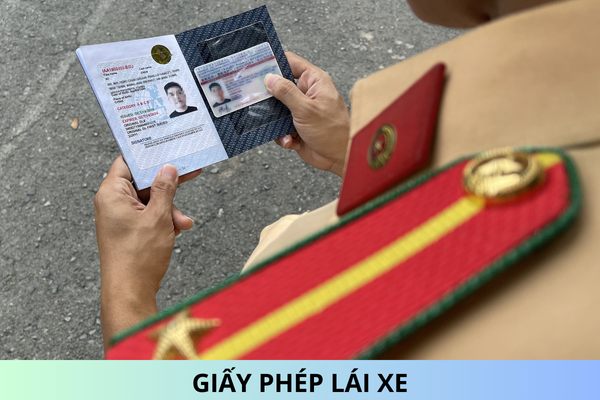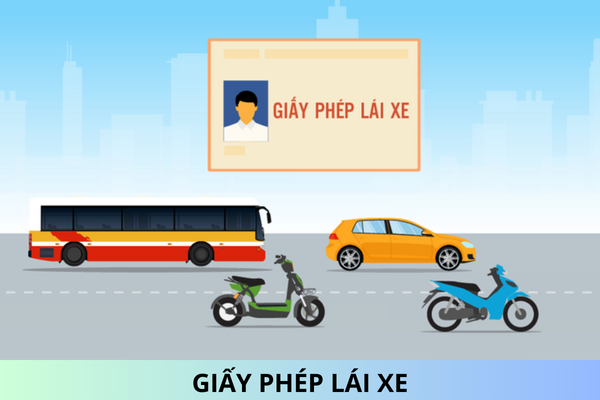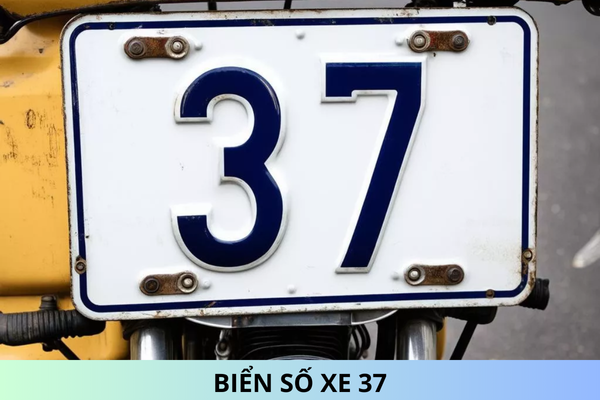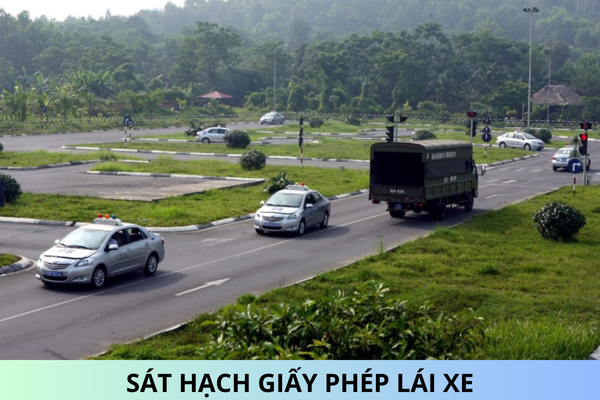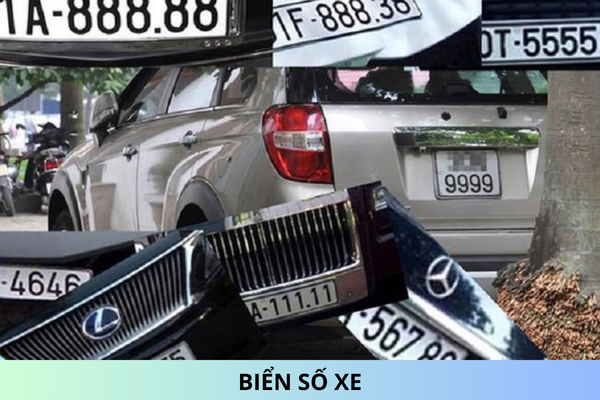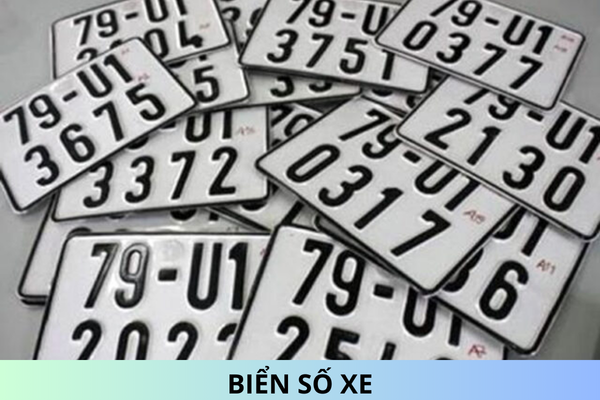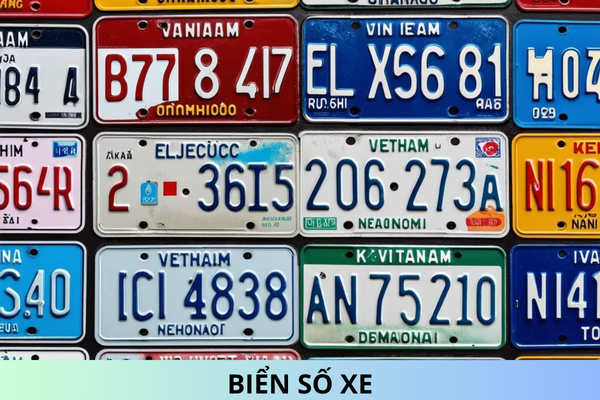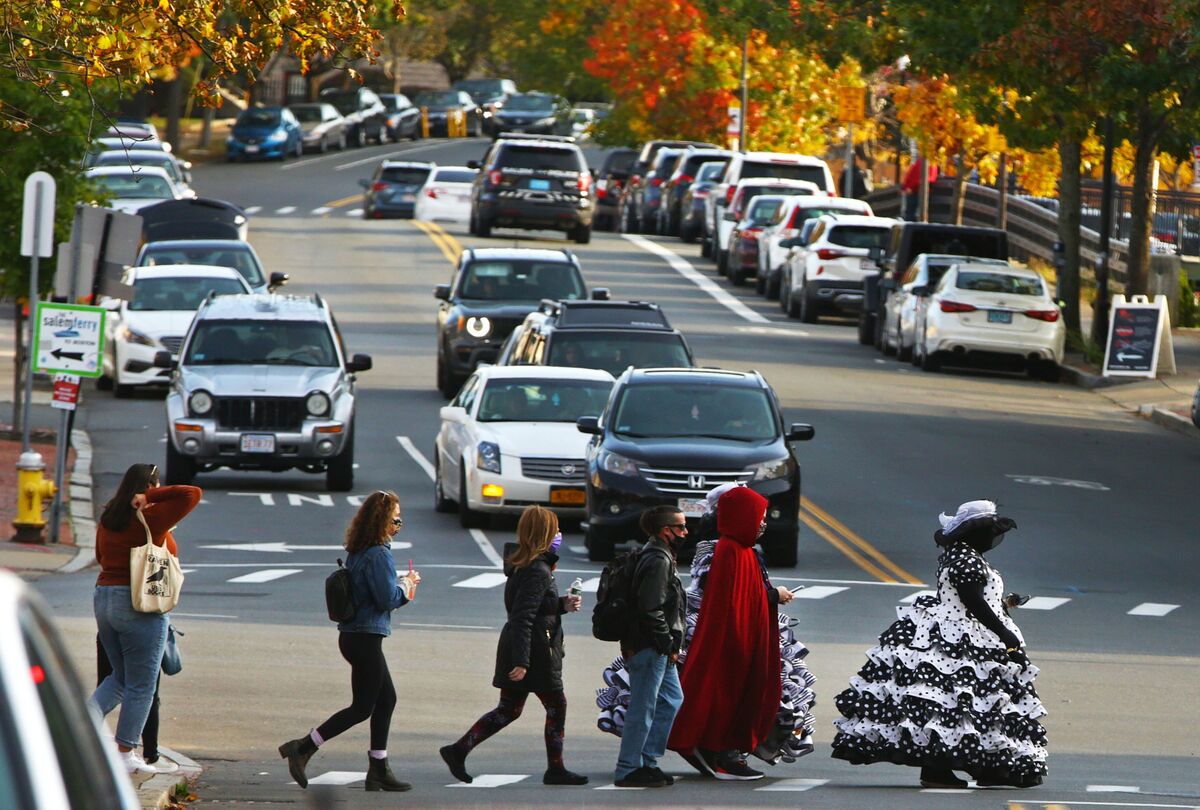What traffic rules shall pedestrians in Vietnam follow?
What traffic rules shall pedestrians in Vietnam follow? Is it against the law to park a vehicle on pedestrian crossings in Vietnam? - Ms. Tran (Thai Nguyen)
What traffic rules shall pedestrians in Vietnam follow?
Pursuant to Article 32 of the Law on Road Traffic in 2008, pedestrians in Vietnam shall follow the following rules:
[1] Pedestrians shall use pavements or verges; where pavements and verges are not available, they shall walk close to the edge of a road.
[2] Pedestrians may cross a road at places where there are light signals, road markings or flyovers or tunnels reserved for pedestrians, and shall comply with the instructions given by such lights.
[3] At places where light signals, road markings, flyovers or tunnels reserved for pedestrians are not available, pedestrians, before crossing a road, shall watch approaching vehicles, may cross the road when it is safe and shall take responsibility to ensure safe crossing.
[4] Pedestrians may not walk over the median strip and cling to moving vehicles; if carrying bulky objects, they shall ensure safety and no obstruction to road users and vehicles in traffic.
[5] Children under 7 years, when crossing an urban street or a road with regular vehicular traffic, must be led by adults; everyone has the duty to help children under 7 years cross roads.
What traffic rules shall pedestrians in Vietnam follow? - image from internet
Is it against the law to park a vehicle on pedestrian crossings in Vietnam?
Pursuant to Clause 4.dd Article 18 of the Law on Road Traffic in 2008:
Standing and parking on roads
1. Standing vehicle is a vehicle that is stationary for the time needed to pick up or set down persons or to load or unload goods or to do other things.
2. Parked vehicle is a vehicle that is stationary for an unlimited time.
3. When standing or parking his/her vehicle on a road, the operator shall comply with the following provisions:
a/ To give a signal to operators of other vehicles;
b/ To stand or park his/her vehicle at places with large roadsides or on land plots outside the carriageway; where the roadside is narrow or not available, to stand or park the vehicle close to the right edge of the carriage along the direction of traffic;
c/ Where a car stop or a parking lot has been built or designated, to stand or park the vehicle at such place;
d/ After parking the vehicle, the operator may leave the vehicle only after taking safety measures, if the parked vehicle occupies part of the carriageway, the operator shall place danger warning signs in front of and behind the vehicle for the operators of other vehicles to notice;
e/ Not to open the door of the vehicle or leave it open or alight from the vehicle when safety conditions are not assured;
f/ When standing the vehicle, not to shut down the engine and leave the driving seat;
g/ The vehicle parked on a steep road must have its wheels chocked.
4. It is forbidden to stand or park a vehicle at the following positions:
a/ On the left side of one-way carriages;
b/ On bends and close the crests of slopes with insufficient visibility;
c/ On bridges, under flyovers;
d/ In parallel with another standing or parked vehicle;
e/ On pedestrian crossings;
f/ At an intersections and within 5 meters from the edge of the intersection;
g/ At bus stops;
h/ In front of and within 5 meters from both sides of the entrances of offices of agencies or organizations;
i/ At road sections wide enough for only line of traffic;
j/ Within railroad tracks’ safety areas;
k/ At places where the vehicle would conceal road signs.
As regulated above, pedestrian crossing is one of the forbidden positions for parking. Therefore, it is against the law to park a vehicle on pedestrian crossings in Vietnam.
In which cases shall drivers give way to pedestrians in Vietnam?
Pursuant to Clause 4, Article 11 of the Law on Road Traffic in 2008 stipulating compliance with road signals:
Compliance with road signals
...
4. At pedestrian crossings, operators shall observe, slow down and give way to pedestrians and wheelchairs of the disabled to cross the road.
At places where there is no pedestrian crossing, operators shall observe and, if seeing a pedestrian or a wheelchair of a disabled crossing the road, slow down and give way to the pedestrian or the wheelchair of the disabled to safely cross the road.
Pursuant to Clauses 2 and 4, Article 15 of the Law on Road Traffic in 2008 stipulating change of direction:
Change of direction
...
2. While changing direction, the driver or operator of a special-use vehicle shall allow pedestrians and bicycle riders moving on the road sections reserved for them to pass, give way to oncoming vehicles and shall change direction only when seeing that his/her vehicle does not obstruct or endanger people and other vehicles.
...
4. It is prohibited to make U-turns at road sections reserved for pedestrians to cross, on bridges, at bridge heads, under flyovers, at undergrounds, in road tunnels, on expressways, at level crossings between a road and a railroad track, on narrow roads, steep roads or on bends with insufficient visibility.
Pursuant to Clause 2, Article 16 of the Law on Road Traffic in 2008 stipulating regulations on reversing:
Reversing
...
2. It is forbidden to reverse in areas where reversing is prohibited, on road sections reserved for pedestrians to cross, at intersections or level crossings between a road and a railroad track, at places with insufficient visibility, in road tunnels or on expressways.
As regulated above, drivers shall give way to pedestrians in Vietnam in following cases:
- At pedestrian crossings
- At places where there is no pedestrian crossing, drivers shall observe, slow down and give way to pedestrians
- While changing direction, the driver shall allow pedestrians moving on the road sections reserved for them to pass
- It is forbidden to reverse in areas where reversing is prohibited, on road sections reserved for pedestrians to cross
Best regards!
